Cannabis is one of the most popular natural medicines and intoxicating substances in history.
Well-known for its ability to produce a psychoactive “high”, the plant has earned a reputation for itself thanks for its ability to alter consciousness and promote a calm sense of wellness and wellbeing.
But how does cannabis actually work? And, what is THC, which everyone talks about so much?
This guide covers the basics for beginners and professionals alike.
What is THC (Tetrahydrocannabinol)?
What is THC, really? By far, tetrahydrocannabinol (THC) is the most controversial component of medical and adult-use cannabis. The molecule is a natural chemical constituent of some cannabis plant varieties, and it is considered the primary culprit behind the famous cannabis “high”.
Although the compound has many medicinal and therapeutic uses, it earned worldwide notoriety for its mind-altering nature.
THC is one of over 100 specialized chemical compounds found in cannabis called cannabinoids. Cannabinoids belong to a class of molecules thus far thought to be unique to the cannabis plant, yet scientists are currently investigating whether or not other plants can naturally produce similar chemicals.
Thanks to genetic engineering, for example, researchers have recently bred a variety of yeast that can successfully produce THC.
The History of THC

For millennia, THC-producing cannabis plants have been bred and cultivated for their medicinal, spiritual, and pleasurable properties. Yet, even to this day, the mysterious chemical provokes debate among medical professionals, policy makers, and consumers alike.
While the structure of the compound was first described in the 1930s, the psychotropic chemical was not fully isolated from the cannabis plant until 1964, by a team of Israeli scientists led by Dr. Raphael Mechoulam.
Still, although the compound that causes the classic cannabis “high” wasn’t fully articulated until the 20th century, the psychedelic chemical has inspired its fair share of myth and legend over the ages.
In ancient Hindu texts, for example, psychoactive cannabis was one of the five sacred plants listed in the Atharva Veda, which is a text detailing practical methods of living and spiritual practice.
The ancient Indian text dates back to 1200-1000 BC. It is reported that a “guardian lives in the bhang [cannabis] leaf”, and the herb was described as a “joy-giver”, “liberator”, and as a “source of happiness.”
Yet, while psychotropic cannabis was used as a means to connect to God in some cultures, in others the herb developed a more sinister reputation. Throughout the 19th and 20th centuries, Westerners attributed THC-laden cannabis products with hallucinations and a loss of self-control.
To some extent, these differing views of THC-containing cannabis continue to this day. Since the 1990s, however, another discourse has emerged. Psychotropic cannabis has been used for centuries as a medicine, and now modern science has added ample evidence to support these claims.
In the new era of 21st-century medicine, THC and other cannabinoid compounds are shaking the bedrock of conventional pharmaceutical medicine.
Where is THC Found?
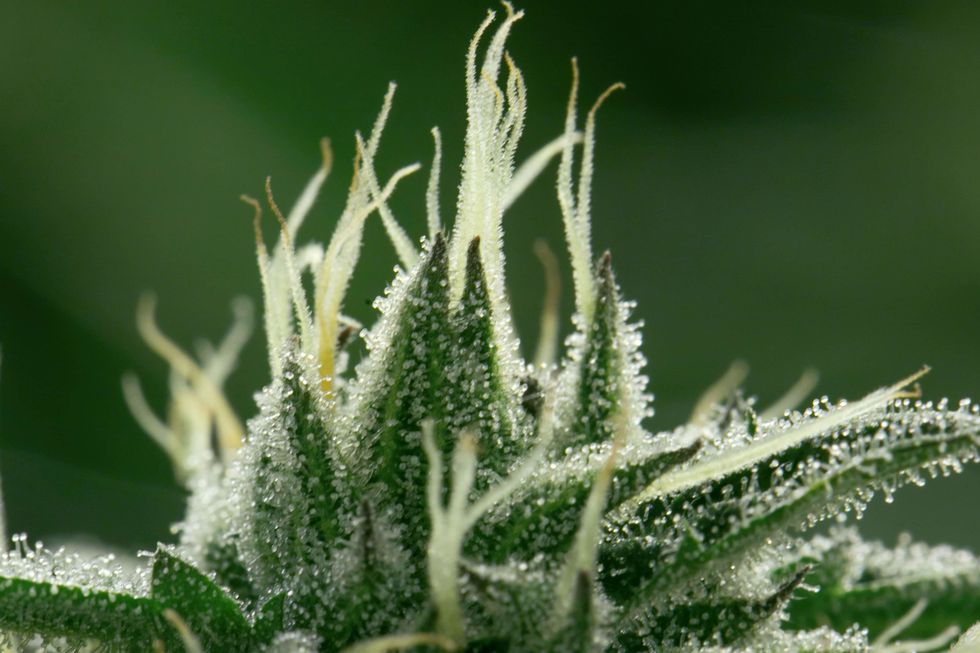
Thus far, THC is naturally found only in the cannabis plant. Although, not all cannabis varieties produce THC. Most notably, plants classified as Cannabis Sativa and Cannabis Indica produce the psychoactive molecule.
Although, some cultivars may produce hardly any THC at all, depending on how they have been bred. Cannabis Sativa plants classified as hemp, for example, will produce less than 0.3 percent of the psychoactive compound.
THC is most commonly stored in resin glands that sit on the surface of cannabis leaves and flowers. These resin glands are called trichomes, and they are most abundant on seedless female flowers. Although, it is important to note that only trace amounts of THC are actually found on raw cannabis plants.
Instead, THC can be found as tetrahydrocannabinolic acid (THCA, THC acid). In its raw form, THCA is non-intoxicating. In order for the acidic molecule to produce an intoxicating effect, the compound needs to be exposed to heat or left to decompose over time.
The conversion of THCA to THC happens during a process called decarboxylation. Decarboxylation may sound like a complex matter, but in reality, only one thing is needed to trigger decarboxylation: heat.
When cannabis products are smoked, vaporized, baked, or cooked, raw THC acid transforms into decarboxylated THC. Decarboxylated THC is the famous molecule that causes changes in cognition. Raw THC acid is not. For this reason, eating fresh cannabis leaves and flowers does not cause mind-altering effects.
THC vs. THCA

For decades, THC has stolen all of the attention while THCA was considered a measly inactive molecule. Fortunately, scientists have wised up in recent years. Emerging research has discovered that THCA boasts potential anti-inflammatory, anti-nausea, and neuroprotective effects. For some medical cannabis patients, THCA may be more beneficial than THC in some cases.
From what preclinical research says thus far, decarboxylated THC features similar activity. Although, due to its potency, decarboxylated THC may sometimes worsen nausea or inflammation when consumed in high dosages.
For consumers, however, the most notable difference between decarboxylated THC and THCA is their cognitive effect. While THCA has been described as calm and alerting, THC produces a notable effect on cognition. More information on the cognitive effects of decarboxylated THC are described below.
Why Does Cannabis Make THC?
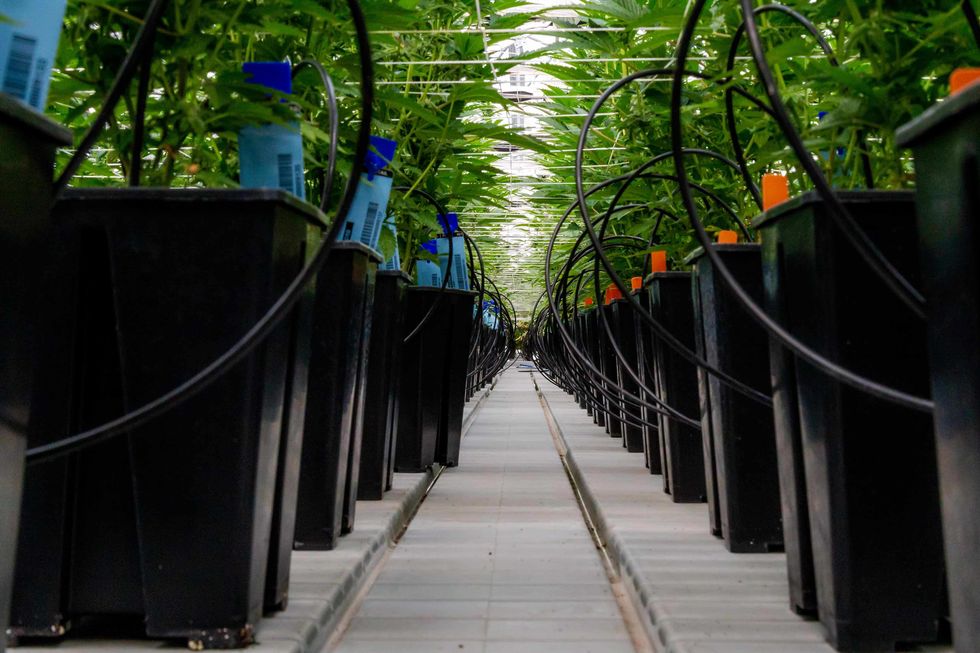
In many ways, the cannabis plant is a natural chemical factory. The medicinal herb can produce over 500 different chemical constituents, of which it would be generous to say that dozens have been adequately studied. Some of these molecules, like chlorophyll and lignin, are made internally by the plant for structural and metabolic purposes.
Other compounds, like cannabinoids, serve much more fascinating and perplexing purposes. While the exact reason cannabis plants make THC or other cannabinoids is technically unknown, the plant is expected to make the secondary metabolites as a means of self-protection.
Many growers, for example, are familiar with the fact that increasing levels of ultraviolet blue (UV-B) light in the grow room appears to increase THCA production. In this sense, the cannabinoid may act as a form of sunscreen for the plant. THC and THCA also boast antimicrobial and insecticidal properties, protecting the plant from infection and infestation.
How Does THC Work?

THC works by tapping into a large cellular communication network known as the endocannabinoid system (ECS). The ECS consists of communication molecules called endocannabinoids, as well as cell receptors and enzyme proteins. Together, these components allow for the transportation of chemical messages within the nervous system, immune system, and endocrine (hormonal) system.
Together, the nervous, endocrine, and immune systems make up three primary homeostatic networks in the body. In science, the term homeostasis refers to the state of balance or equilibrium within a system. In this case, the system in question is the human body. All three of these major networks use the endocannabinoid system to regulate themselves.
Named after the cannabis plant, the endocannabinoid system is the primary target of cannabis medicines. Decarboxylated THC mimics endocannabinoid communication molecules in the human body, causing a cascade of physiological effects. Since the endocannabinoid system is wide-reaching, THC can have an effect on a multitude of bodily functions at once. Some of which include:
- Cognition
- Digestion
- Inflammatory response
- Memory
- Mood
- Movement
- Pain sensation
- Pleasure
- Reproduction
- Sleep
It is because of THC’s interaction with the endocannabinoid system that the molecule is able to have an effect on many different physical and mental ailments. To break down the overall effects of the cannabinoid even further, here’s how THC affects the nervous, immune, and endocrine systems individually.
Recommended for You: "How Many Marijuana Strains Are There?"
THC and the Nervous System
While there are many nuances to the nervous system, its main function is sensory awareness and response. The nervous system, for example, allows you to feel the prick of a needle and respond in an appropriate fashion.
If the needle is going to hurt you, it is the nervous system that tells you to run. If the needle is part of a routine procedure, the nervous system is also responsible for allowing you to cope with the experience while it is happening.
Similarly, the nervous system allows you to make conscious movements, process visual and auditory stimuli, recognize scents and fragrances, and experience thoughts and emotions. The nervous system uses endocannabinoid signalling molecules as neurotransmitters, enabling nerve cells to send messages from one cell to another.
THC can act upon nerve cells in both the central and peripheral nervous system, meaning that THC can influence messages sent between the brain and spinal cord as well as the rest of the body. This allows THC to influence things like pain sensation, muscle tension, mental processes, and emotion.
THC and the Immune System
The immune system is responsible for protecting the body from harm, injury, and infection. Like nerve cells, immune cells also use endocannabinoid molecules to communicate with one another. As the research thus far suggests, immune cells appear to use endocannabinoids to control inflammatory response, as well as to assist in destroying cells that may have become damaged or cancerous.
As such, it comes as no surprise that THC can influence these same processes. THC mimics the effects of endocannabinoids in the human body. In the immune system, this means that THC can alter the body’s inflammatory response, sometimes suppress immune function, and perhaps even influence the way in which the body responds to cancerous cells.
THC and the Endocrine System
The endocrine system is the technical term for the hormonal system, which regulates the homeostasis of basic functions like growth, metabolism, and reproduction. The endocrine system and the nervous system work closely together, so the two systems are sometimes referred to as the neuroendocrine system.
Early evidence suggests that the neuroendocrine system uses endocannabinoid molecules to modulate the production and release of certain hormones, giving the endocannabinoid system a regulatory role.
Given that endocannabinoids can modulate hormone production, one can expect that THC may also influence the production and regulation of hormones as well. Indeed, early evidence suggests that THC does interact with the endocrine system and the cannabinoid may influence the release of hormones that control hunger, reproduction, and possibly more.
Although, it’s important to note that researchers are still trying to uncover exactly how cannabis compounds interact with the endocrine system and to what end.
What is the Difference Between THC and CBD?
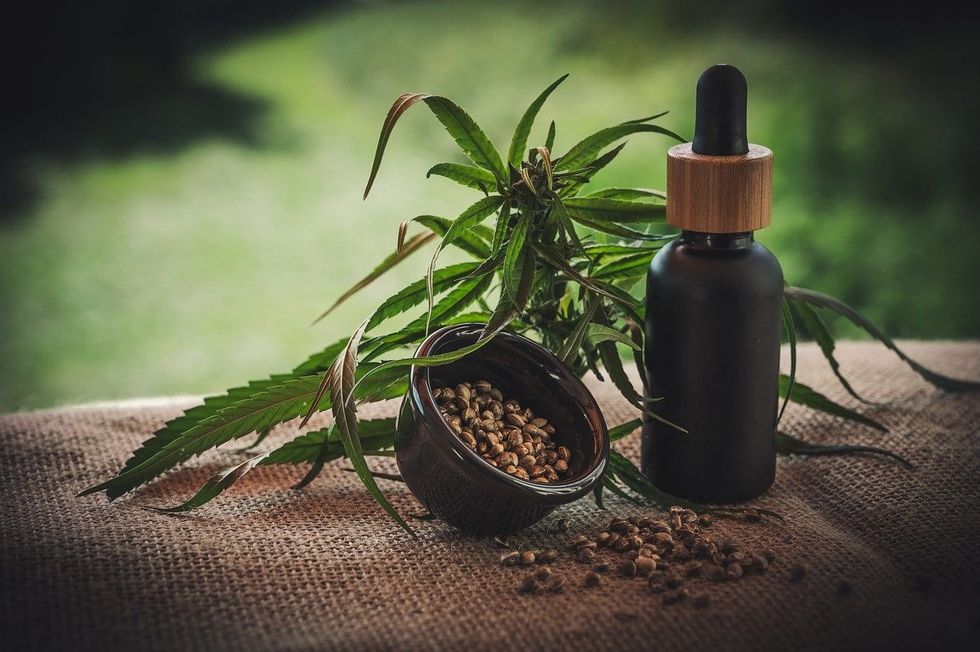
As mentioned above, THC is just one of over 100 different cannabinoid molecules produced by the cannabis plant. Due to its noticeable psychotropic effects, cannabis plants that contain THC are among the most popular in both medical and recreational markets.
THC has a close sibling, however. That sibling is cannabidiol (CBD). Unlike THC, CBD does not cause a noticeable intoxicating effect. In fact, the cannabinoid may even lessen the intoxicating potential of THC.
In the world of medical cannabis, THC and CBD are often combined using different ratios to achieve specific therapeutic effects. If a patient is struggling with the side effects of THC, for example, then CBD is sometimes added to a patient’s treatment regimen in order to achieve symptom relief with minimal disruptions to a patient’s life.
THC and CBD also work differently in the body. While THC works by directly mimicking endocannabinoid molecules, CBD functions primarily by preventing endocannabinoid molecules from being broken down by enzymes. Thus, CBD acts as a booster for endocannabinoid molecules while THC is more akin to a replacement.
THC Benefits: What is THC Good For?
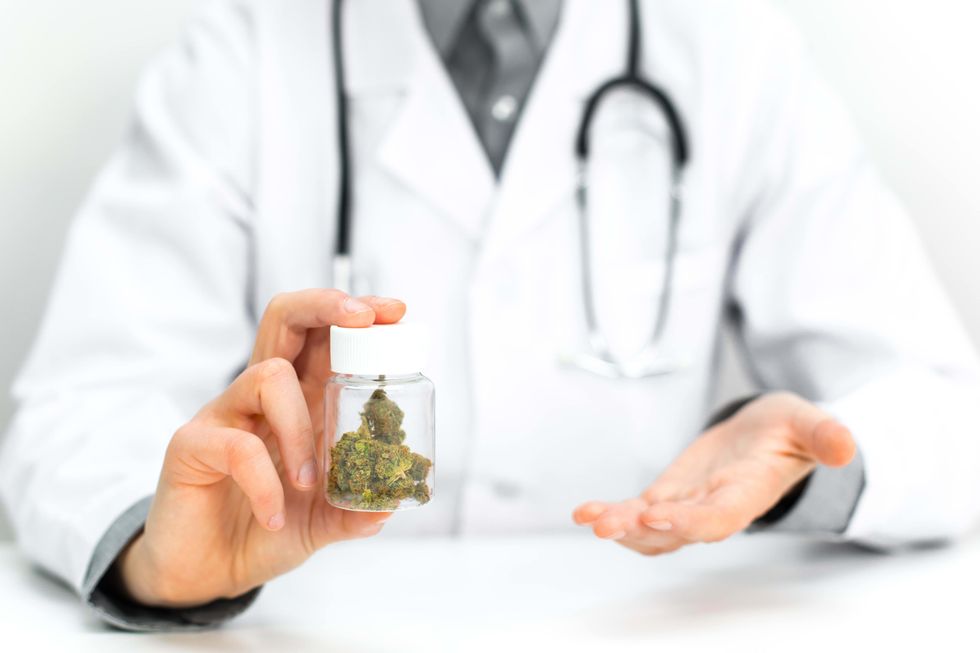
Perhaps thanks to intensive marketing campaigns and greater social acceptability, CBD is often wrongly considered to be the only medicinal compound in the cannabis plants. Research published as recently as 2019, however, suggests that the majority of individuals who consume THC report greater relief and greater symptom management than those simply taking CBD products. Of course, this isn’t to say that CBD therapies are not valuable to many patients.
Although cannabis that contains THC has been used as medicine for thousands of years, decades of legal restrictions for scientific research has prevented the cannabinoid from being properly studied.
The topics of cannabinoid medicines and the endocannabinoid system are among the fastest-growing areas of scientific research today. Yet, much of the information currently published on the topic comes from low-quality trials, population-based studies, animal research, and simple laboratory experiments.
Without a multitude of high-quality clinical trials, it is difficult to discuss the benefits of cannabis and THC with a high degree of certainty. And yet, based on the available evidence so far, THC appears to hold therapeutic value for a wide range of conditions. Some of the health benefits of the compound may include:
- Appetite stimulation
- Antimicrobial activity
- Antioxidant activity
- Anti-inflammatory activity
- Bronchodilatory effects
- Increased ease of falling asleep
- Pain relief
- Stress relief
- Relief from nausea and vomiting
There is also emerging but early evidence that THC has anti-cancer properties, as well as neuroprotective properties amongst patients with neurodegenerative diseases like Parkinson’s Disease. For the time being, however, much of the therapeutic value of THC is limited to anecdotal and observational evidence from medical cannabis dispensaries and other access points.
THC Side Effects
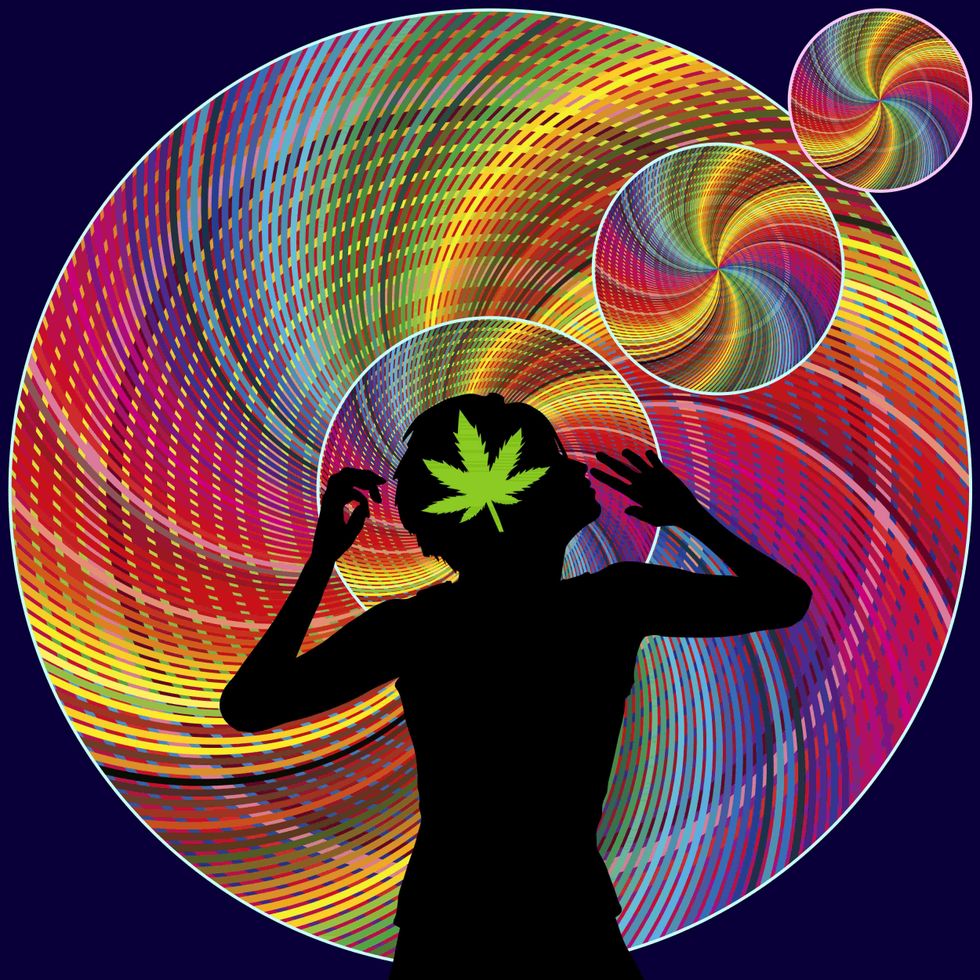
Even though cannabis is still illegal in much of the world, it remains one of the most popular illicit substances. The popularity of the plant likely has to do with both its potency as a natural medicine, as well as the enjoyable “high” that it inspires.
Although it is considered impossible to fatally overdose on THC, the cannabinoid can cause a few side effects. Some of these side effects, like changes in consciousness, can be quite enjoyable. Others, like anxiety, can be very unpleasant.
Positive THC side effects include:
- Attentiveness
- Euphoria
- Laughter
- Mental relaxation
- Physical relaxation
- Stress relief
Negative THC side effects:
- Anxiety
- Decreased dreaming
- Drowsiness
- Dry mouth
- Increased heart rate
- Paranoia
- Red eyes
- Skewed sense of time
It is important to note that the side effects of THC are often dose-dependent. Those new to cannabis or those who have taken an extra-large dose of THC are more likely to experience negative side effects than those who microdose, combine CBD and THC, or consume THC in moderation.
While low to moderate doses of THC may ease symptoms like pain, anxiety, or nausea for some patients, higher doses may actually worsen these symptoms, regardless of whether or not the patient is a regular cannabis consumer.
In some severe cases, THC may worsen psychosis or inspire hallucinations. For this reason, it is recommended that people with a known risk for these conditions avoid THC, consult a medical professional before consuming, or consume THC-containing cannabis products with extreme mindfulness and in controlled settings.
It should also be noted that in addition to dosage level, terpene profiles can impact the experience of a THC high. For instance, some terpene profiles might make you feel sleepy, while others might make you feel energized, creative, or even anxious.
For more on terpenes, check out: “The Mind-Blowing World of Cannabis Terpenes.”
Are you still missing out on The Bluntness newsletter? Sign Up today to stay in the loop.
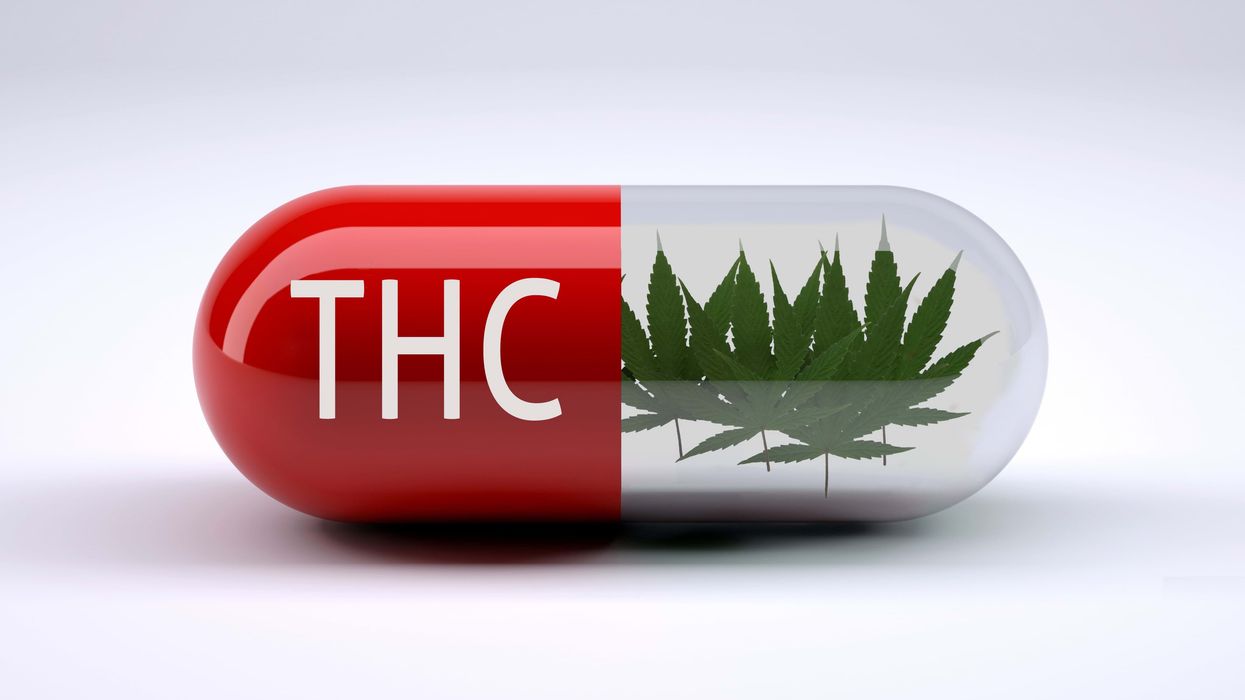

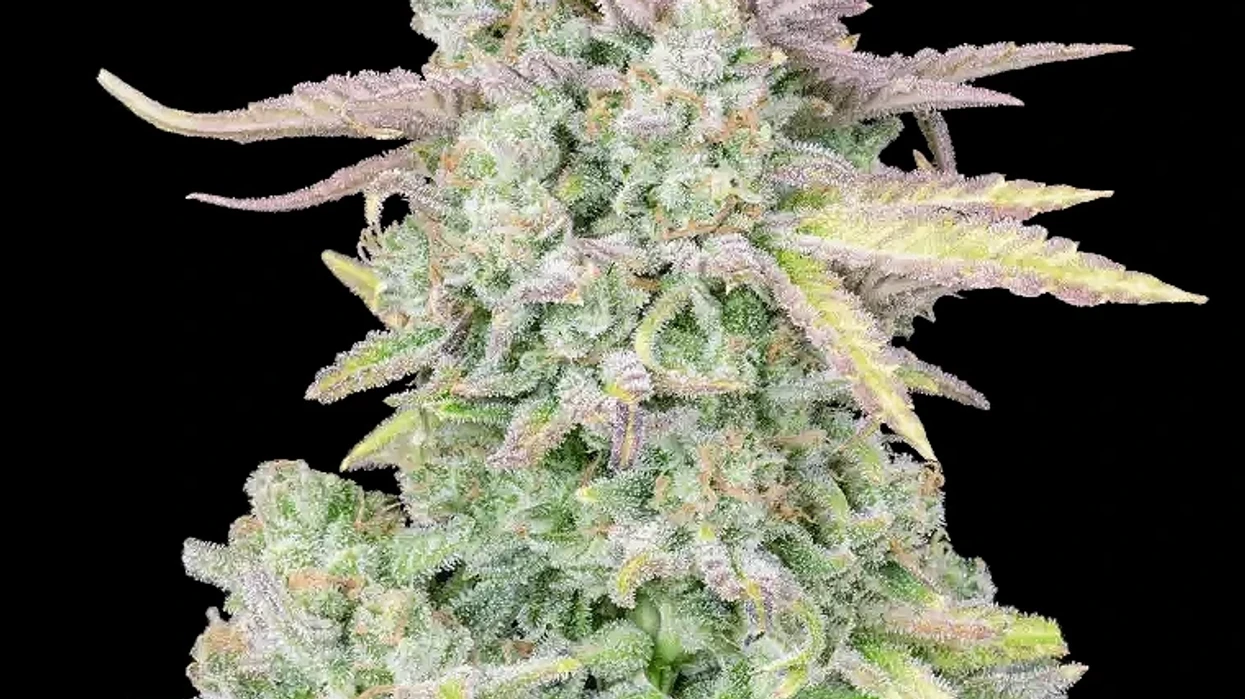




 The Truth About THC Candle: Cannabis Candles & How to Make Your Own - The Bluntness
Photo by
The Truth About THC Candle: Cannabis Candles & How to Make Your Own - The Bluntness
Photo by 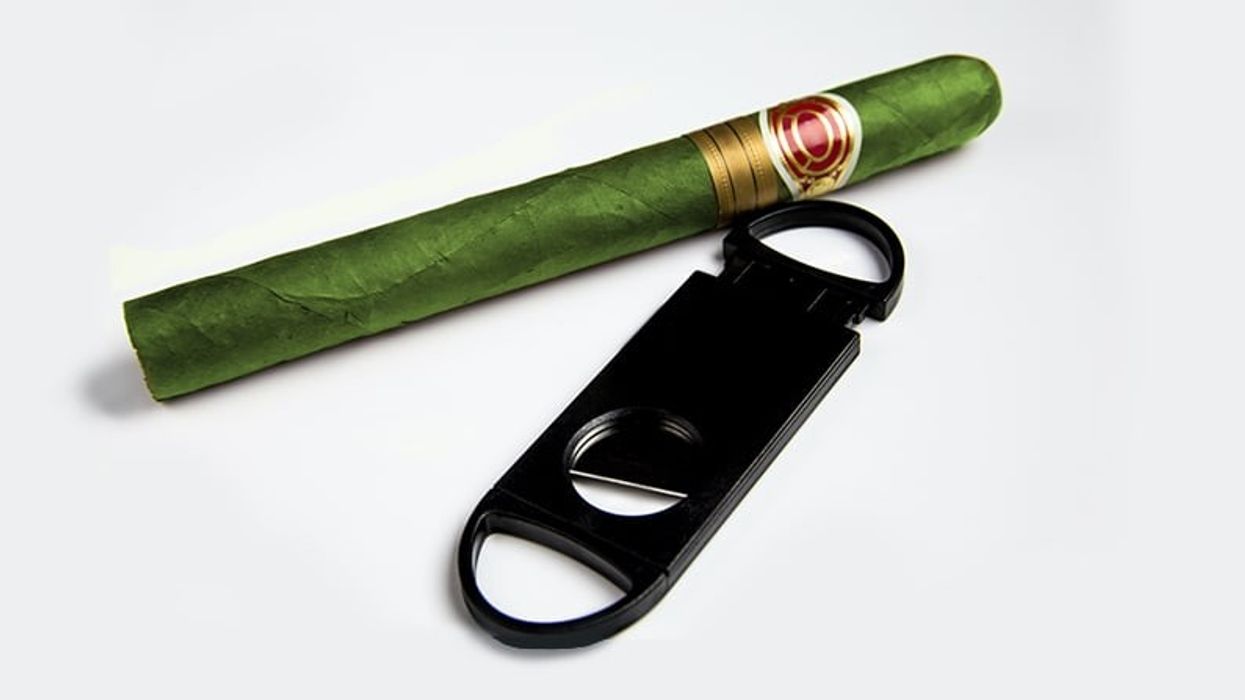
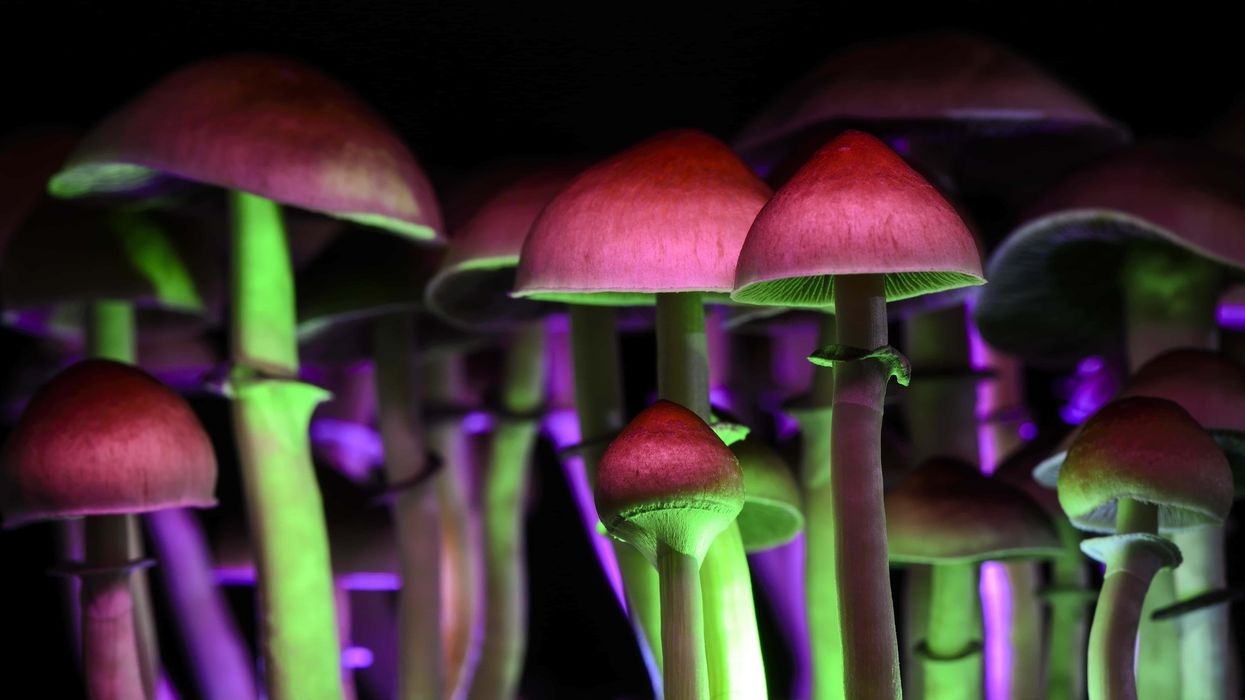
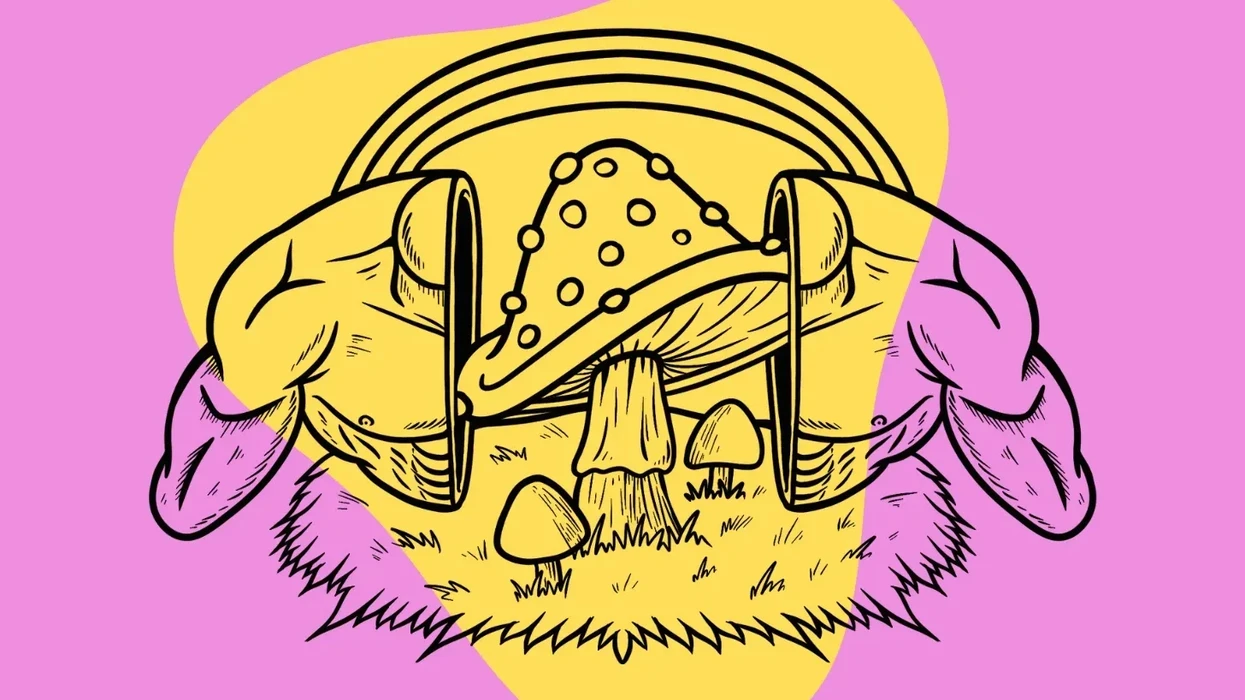

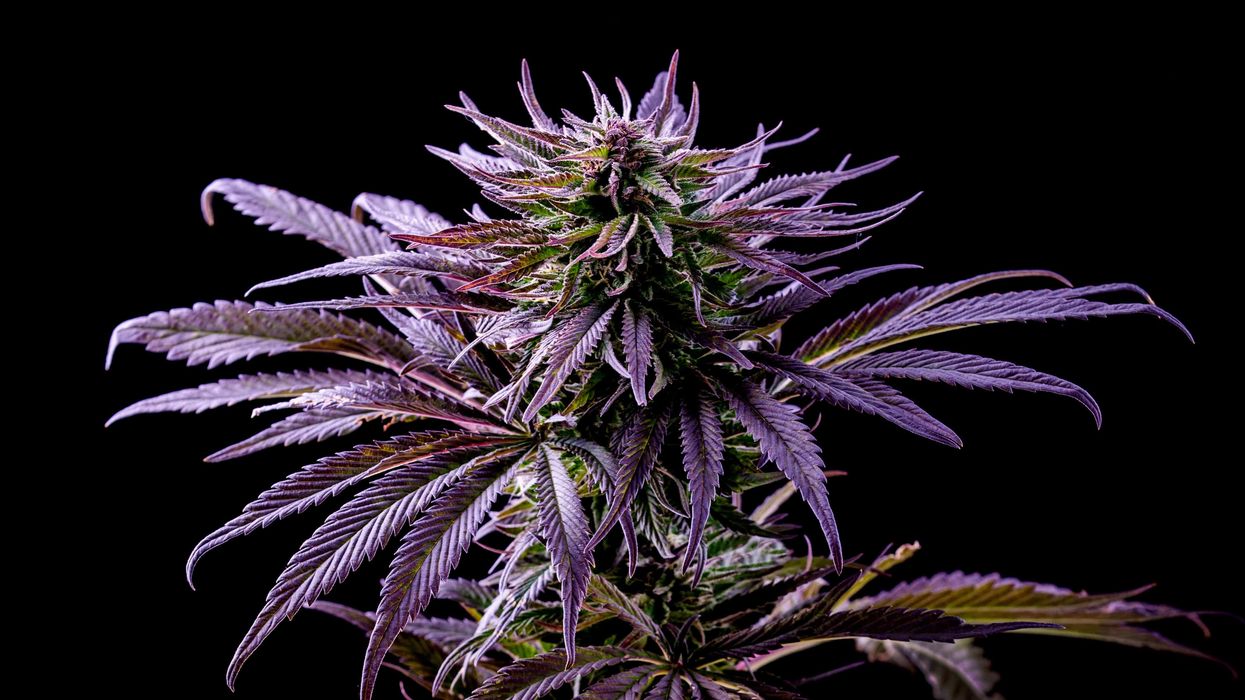


 Recognizing the Signs of Antisocial Behaviors - The Bluntness
Photo by
Recognizing the Signs of Antisocial Behaviors - The Bluntness
Photo by  Weed Makes Me Antisocial: What To Do - The Bluntness
Photo by
Weed Makes Me Antisocial: What To Do - The Bluntness
Photo by 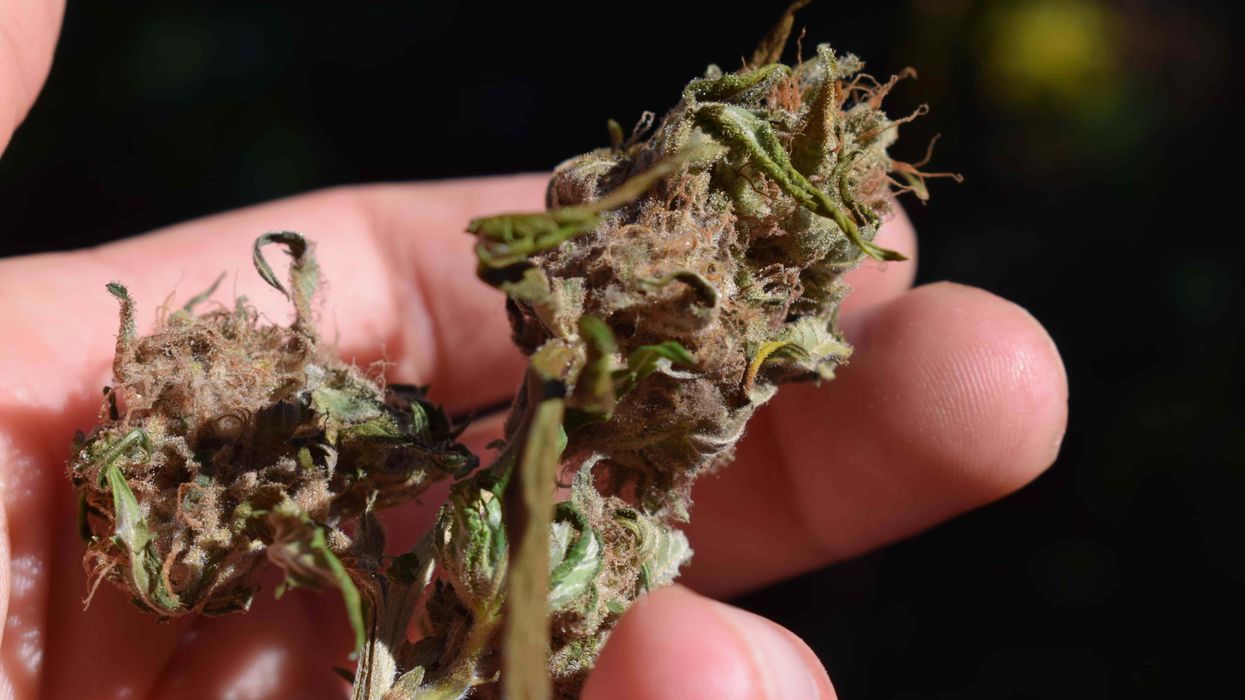
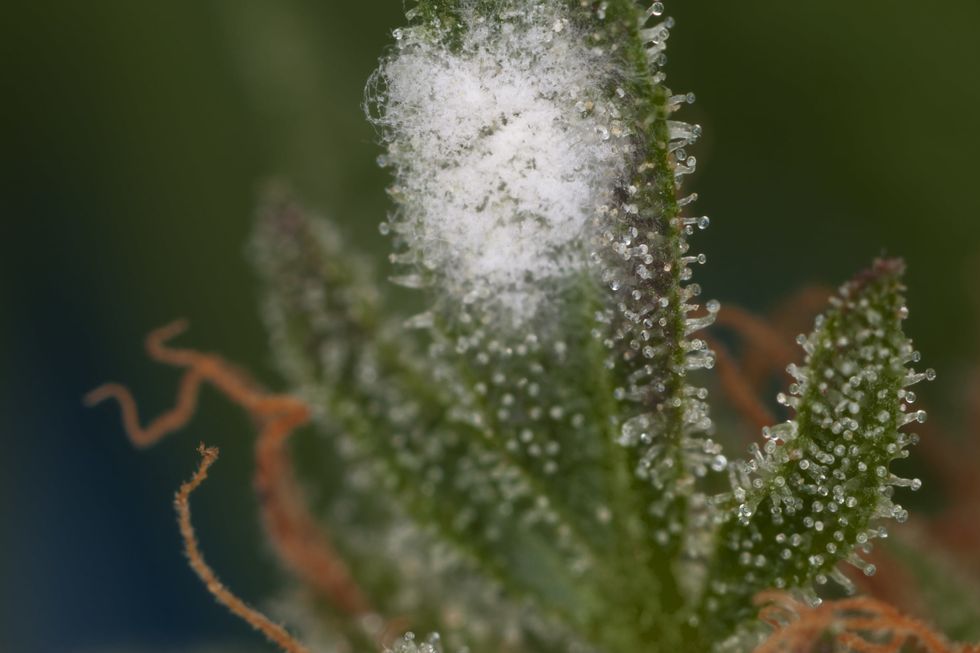 A good picture showing white mold next to cannabis trichomes.
A good picture showing white mold next to cannabis trichomes.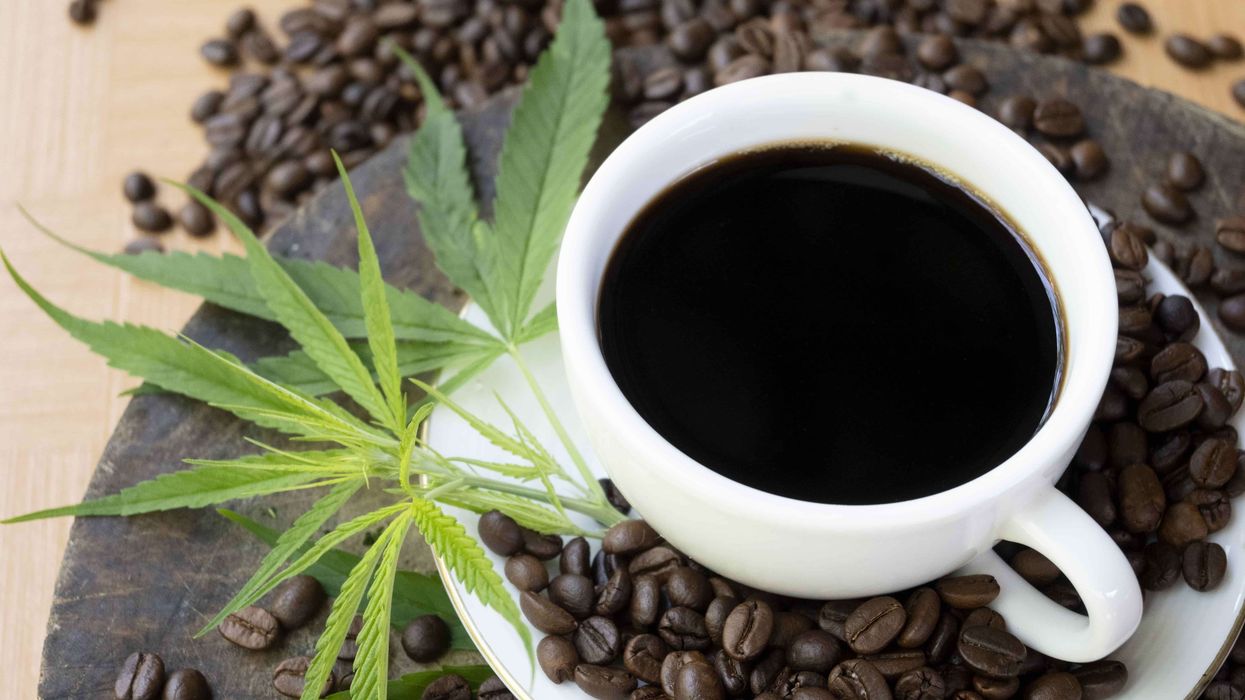
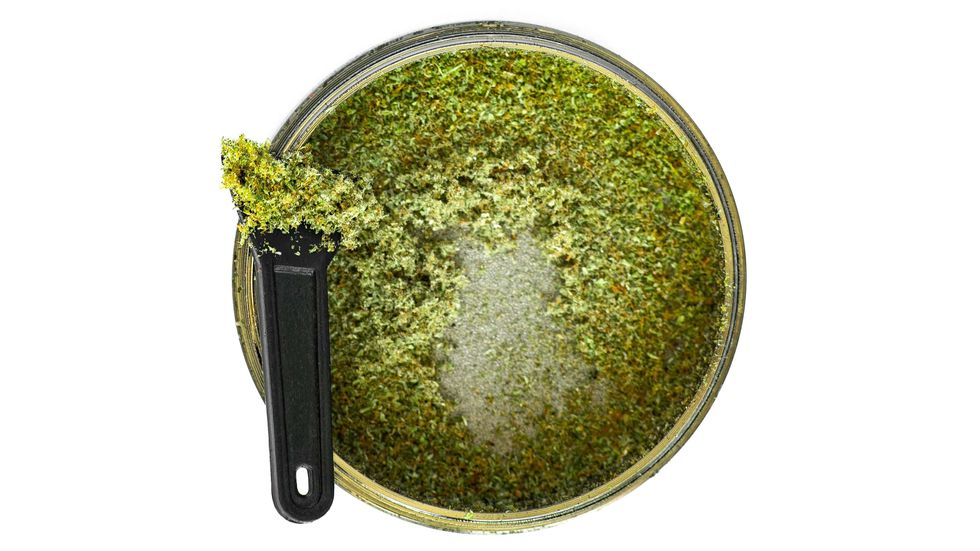 What will you do with that cannabis kief collection? - Make Coffee! The Bluntness
What will you do with that cannabis kief collection? - Make Coffee! The Bluntness DIY: How to Make Kief Coffee - The Bluntness
Photo by
DIY: How to Make Kief Coffee - The Bluntness
Photo by 
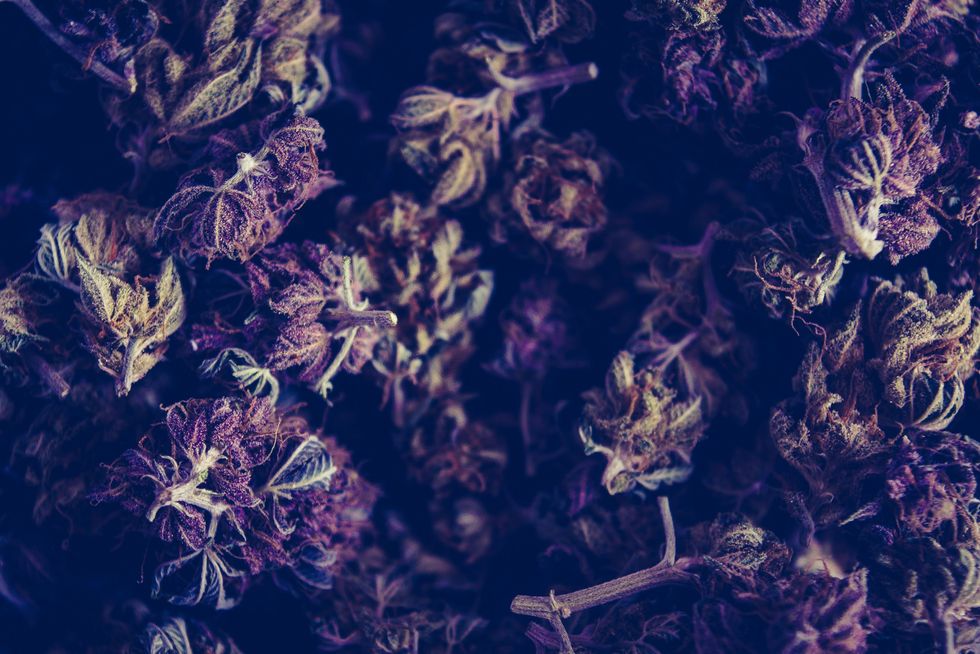 What is reggie weed? - The Bluntness
Photo by
What is reggie weed? - The Bluntness
Photo by